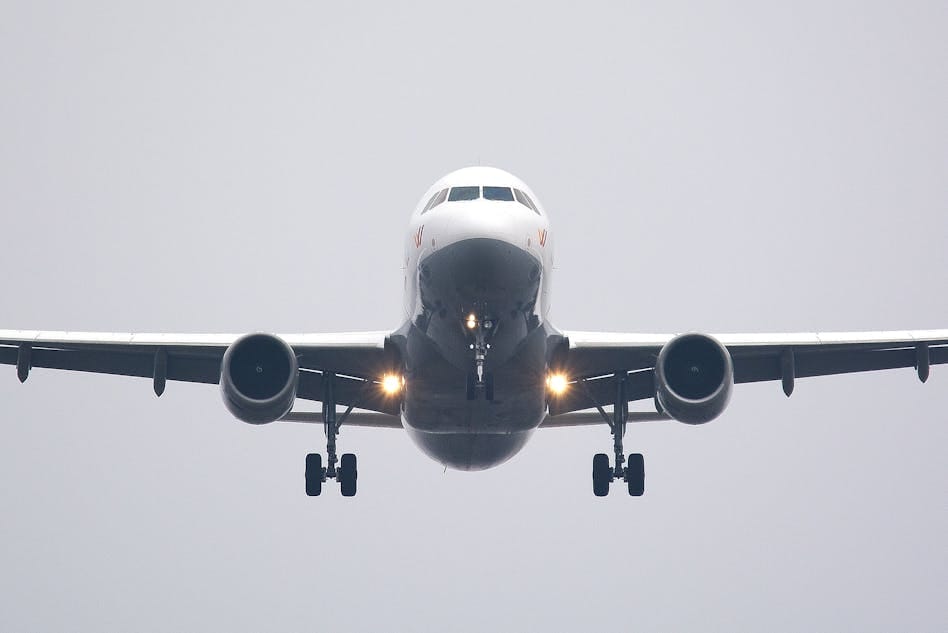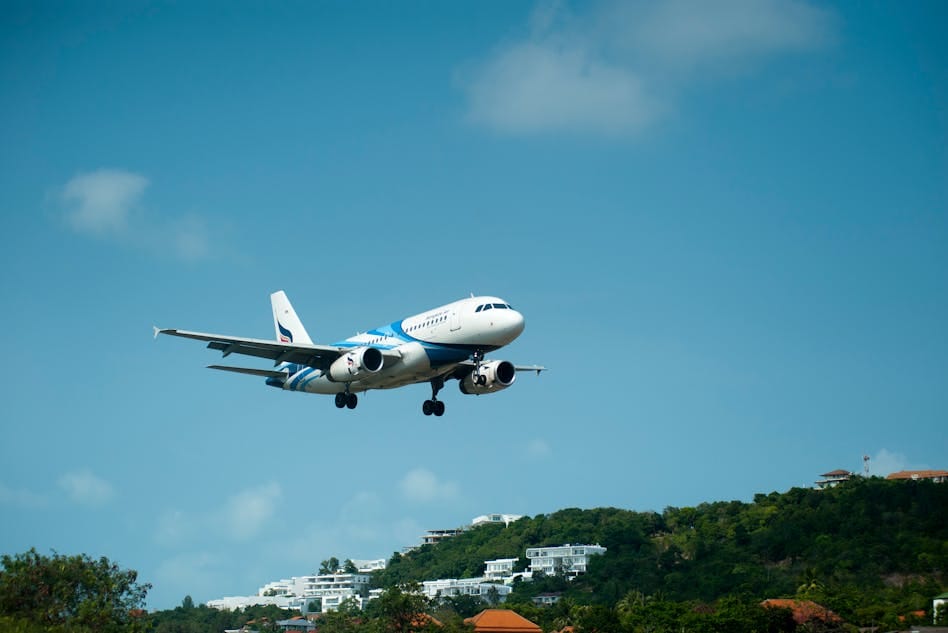Navigating Air Travel Amidst Ongoing COVID Guidelines
As travel enthusiasts and wanderers cautiously take to the skies once again, the question that lingers is: Are COVID guidelines still prevalent while traveling by air?

The Changing Landscape of Air Travel
The COVID-19 pandemic has reshaped the world in unprecedented ways, touching every aspect of our lives, including travel. Air travel, once a seamless experience, is now accompanied by a new set of guidelines and precautions aimed at safeguarding the health of passengers and minimizing the spread of the virus. As travel enthusiasts and wanderers cautiously take to the skies once again, the question that lingers is: Are COVID guidelines still prevalent while traveling by air?
The Transition Period: Shifting from Lockdown to Travel
The initial stages of the pandemic saw strict lockdowns and travel restrictions imposed across the globe. Airports that were once bustling hubs transformed into ghost towns. As countries gradually eased their lockdowns and borders reopened, air travel cautiously resumed. However, the journey through airports and onboard planes has evolved to accommodate the changing circumstances.
Mask Mandates: A Universal Precaution
One of the most recognizable changes since the onset of the pandemic is the ubiquity of face masks. Across airports and onboard flights, masks have become a near-universal requirement. Passengers and crew alike are required to wear masks throughout the journey to minimize the risk of viral transmission. This simple measure, while sometimes uncomfortable, plays a crucial role in reducing the potential spread of the virus.

Sanitization Protocols: Elevating Hygiene Standards
Airports and airlines have ramped up their hygiene efforts significantly. Hand sanitizing stations have become a common sight, and cleaning protocols have been intensified to ensure that surfaces, including tray tables, armrests, and lavatories, are regularly sanitized. This commitment to cleanliness provides travelers with an added layer of reassurance.
Physical Distancing Measures: A New Seating Arrangement
Maintaining physical distance has become a key aspect of preventing COVID-19 transmission. Many airlines have adjusted their seating arrangements to ensure that passengers are seated apart whenever possible. Middle seats have been left vacant on some flights, while others have implemented new boarding procedures to minimize contact between passengers.
Health Declarations and Testing Requirements: Navigating the Paperwork
Travelers now often find themselves required to submit health declarations or provide proof of a negative COVID-19 test before boarding. These measures, while at times cumbersome, contribute to the collective effort to curb the virus's spread. However, it's important for travelers to stay updated on the specific requirements of their destination, as they can vary widely from country to country.
Vaccination Passports: The Potential Game-Changer
As vaccination efforts continue worldwide, some countries and airlines are exploring the concept of vaccination passports. These digital or paper documents provide proof of vaccination and could potentially grant passengers access to certain destinations without the need for extensive testing or quarantine. However, this concept also raises ethical and privacy concerns, as well as questions about access and fairness.
Adapting to the New Norm: The Traveler's Responsibility
While airlines and airports have implemented stringent guidelines, travelers also play a pivotal role in ensuring the safety of themselves and others. Adhering to mask mandates, practicing good hand hygiene, and cooperating with airport and airline staff are all essential steps to collectively overcome the challenges posed by the pandemic.
Remaining Flexible: Navigating Uncertainties
One of the lessons the pandemic has imparted is the importance of flexibility. Travel plans can change rapidly due to shifting guidelines, sudden outbreaks, or border closures. It's advisable for travelers to choose airlines and accommodations with flexible booking and cancellation policies, allowing for adjustments in case of unexpected developments.

Conclusion: A New Way to Explore the World
As the world adjusts to the new normal, air travel has likewise transformed. The prevalence of COVID-19 guidelines while traveling by air underscores the collective commitment to prioritizing health and safety. From masks and sanitization to vaccination passports, the evolving landscape of air travel demands adaptability and responsibility from passengers. While the journey may have changed, the spirit of exploration remains undiminished. As we continue to navigate these uncharted skies, let us embrace the journey with caution, resilience, and a renewed appreciation for the beauty of the world waiting to be discovered.